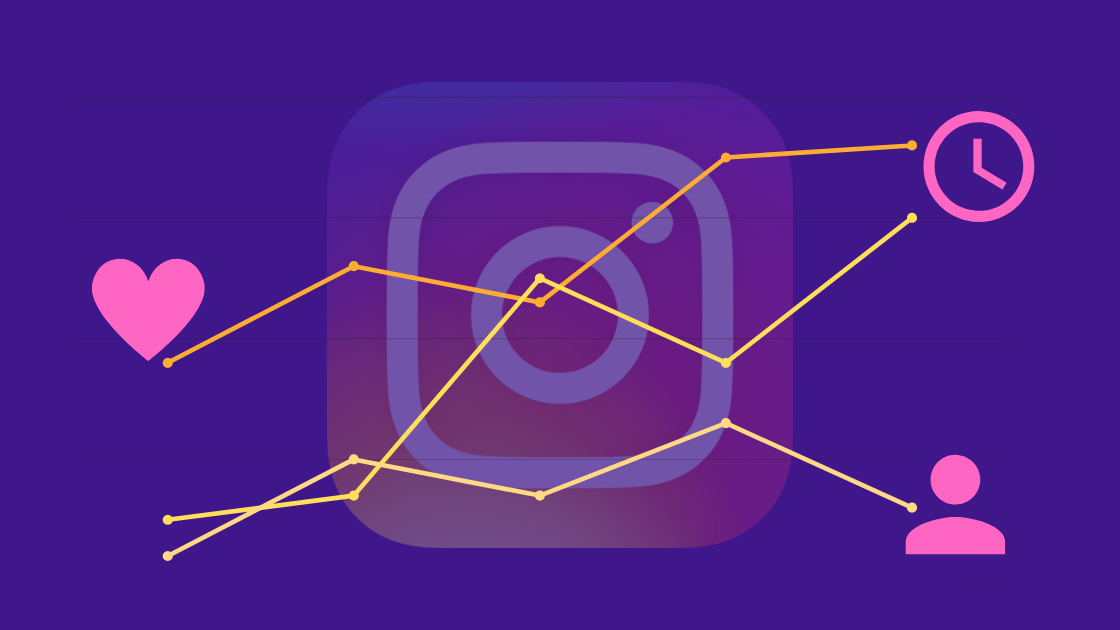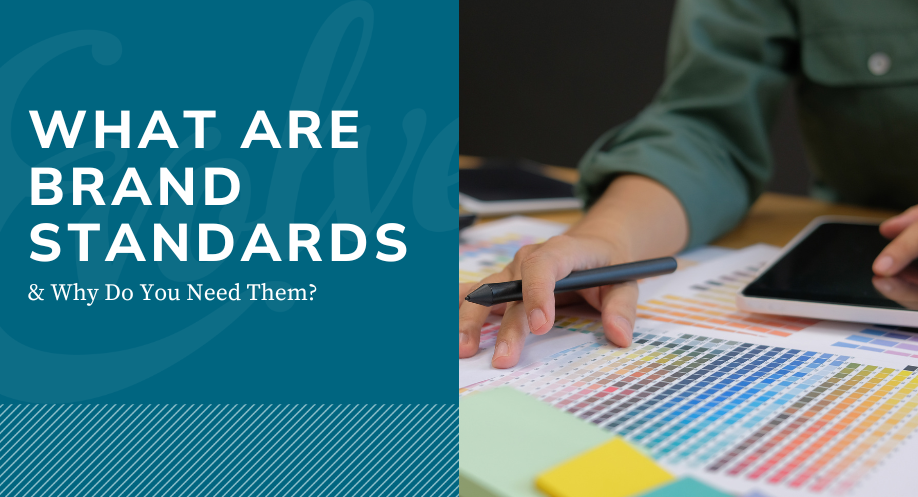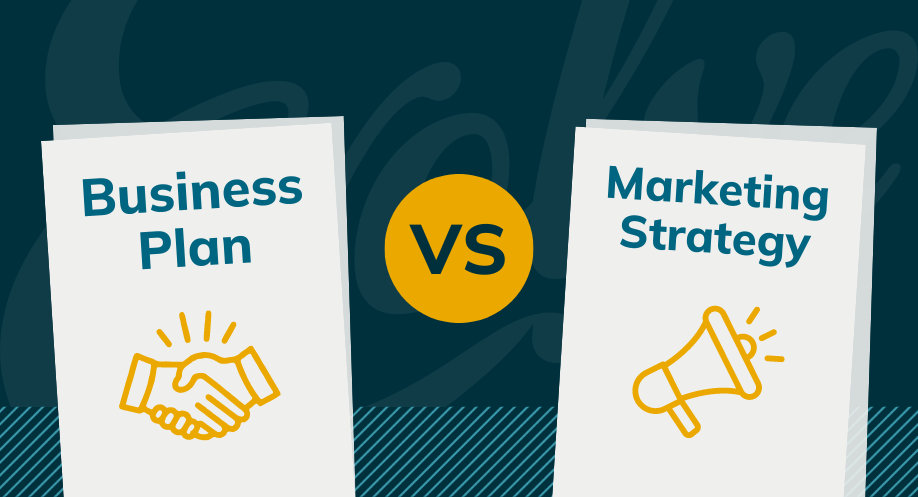Instagram as a marketing tool
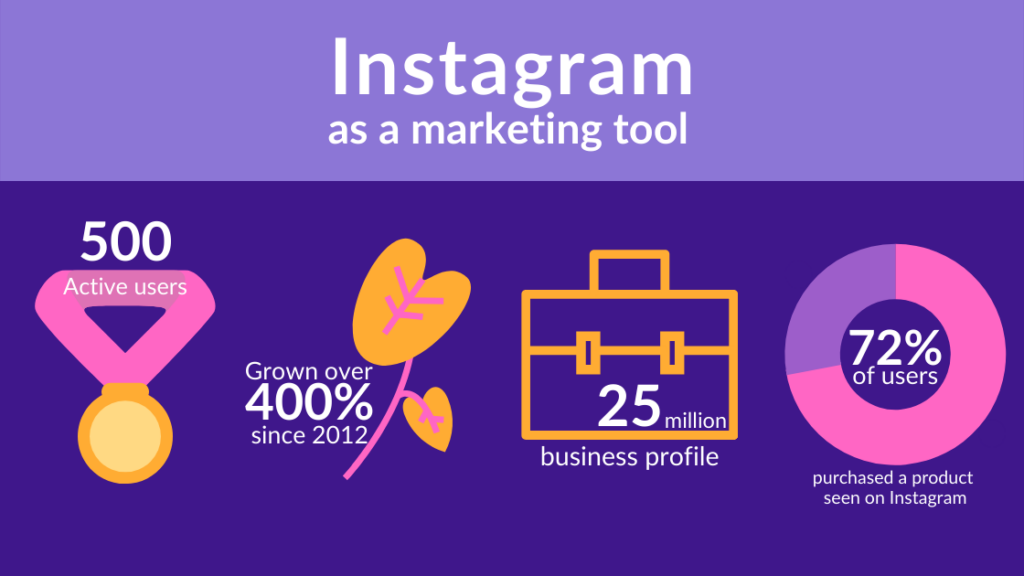
Instagram is arguably the most popular photo- and video-sharing social platform with over 500 million active users. A figure that does not show signs of slowing down, as the number of adults who use Instagram has grown over 400% since 2012, marking it the fastest growing social network over the past few years. It is evident that as users are flocking to the site, the standard expands to businesses.
With over 25 million business profiles on Instagram, the platform proves a use for both the buyer and seller. A presence does not go unnoticed or unused as 72% of users indicated they purchased a product seen on Instagram. Instagram social media marketing is a powerful platform that offers a particular and specialized mode of marketing built on engagement.
Since Instagram revolves around photo and video sharing, the platform has a natural position to promote brand awareness, familiarity, and loyalty. While not a platform for hard sales, the purpose is to build your brand through authenticity and personality. Instagram as a marketing tool is to build a brand relationship, one where people recognize your brand through imagery, voice, and values-all demonstrated through strategic photos and videos. A successful business’ Instagram account encourages interaction by establishing trust as a brand, not as a salesperson.
What is the current Instagram algorithm?
As a business, your goal is to reach and engage your audience, as a social media platform, Instagram’s goal is to extend the user’s time on its platform. To do so, Instagram has developed an algorithm that benefits the individual user in order to improve their experience and promote a longer visit. In order to create an Instagram strategy, you have to understand what configures your audiences’ Instagram experience. Below are the current Instagram algorithm factors.
1. Interests

Interest is based on a user’s activity and behavior on Instagram. It tracks what a user likes and presents and/or features posts that align with those interests. Behaviors that express interest include:
- The content the user favorites
- The content the user comments on
- The profile accounts the user follows
- The hashtags the user follows
- The Instagram stories the user views
- The Instagram stories the user engages with
- The accounts the user direct messages
- The sponsored content or advertisement the user clicks on
The algorithm interrupts what a user enjoys and favors based on previous patterns of their Instagram interaction, therefore, promoting similar content higher in their feed or present in their discovery tab. By supplying photos and videos to the user that they genuinely enjoy or find entertaining, it encourages them to continue browsing, scrolling, or exploring, thus increasing their time on the platform.
2. Relationships
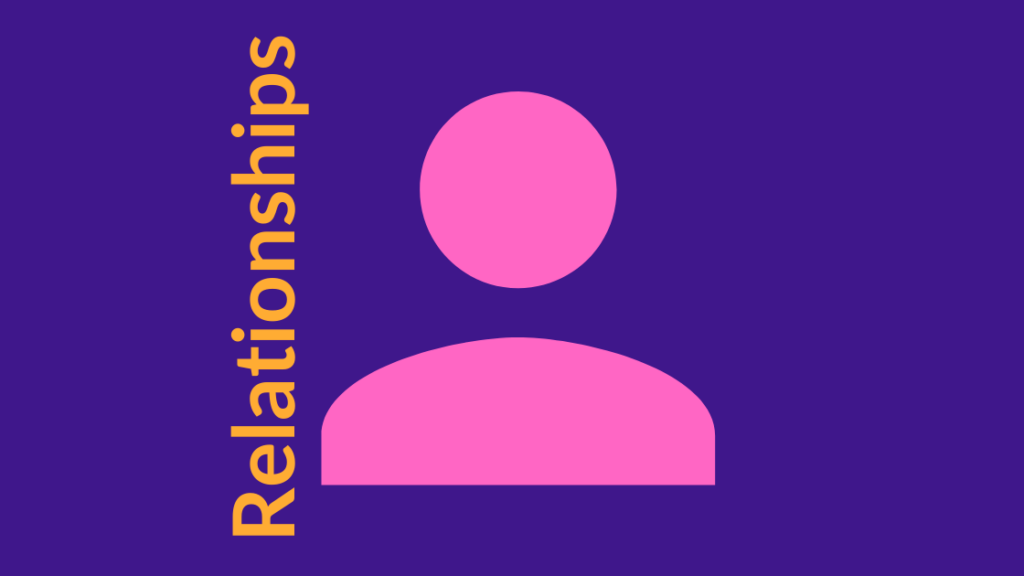
Relationships are based on a user’s Instagram interaction with a certain account. Similar to the interests, Instagram tracks your behaviors and activities but it also focuses on your interests with a particular account. Interactions that indicate a relationship include:
- If the user frequently visits the account’s profile
- If the user direct messages with the account
- If the user saves the account’s posts
- If the user views the account’s Instagram stories and for how long
The more frequent these interactions occur, and if they are reciprocated, the higher the relationship status is tagged. The algorithm will highlight a relationships’ post as Instagram top posts within your feed because they have demonstrated an individual interest with that account; therefore giving you the content you want, Instagram ensures the platform is personalized thus promoting a positive experience.
3. Recency
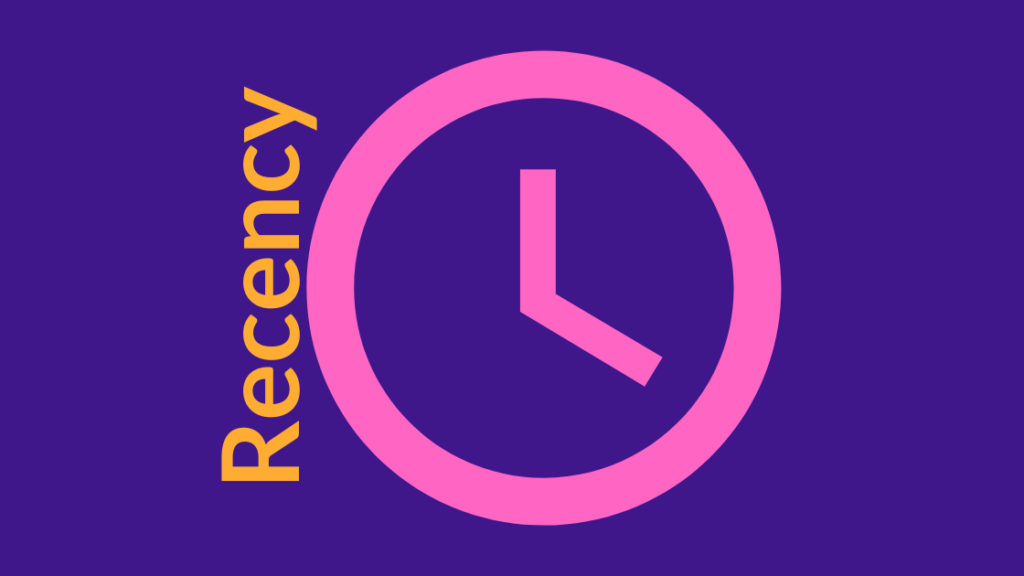
Recency, or timeliness, is the prioritization of recent posts at the top of the user’s feed. The display of content in chronological order stopped in 2016, yet newer posts are still factored into the ranking of content simply because with so much content generated through the site; it’s about what is happening now, not a few weeks, days, or even hours ago.
Additional factors
In addition to Instagram’s 3-factor algorithm, there are a few other noteworthy factors that impact a user’s feed and therefore the ability for using Instagram for marketing.
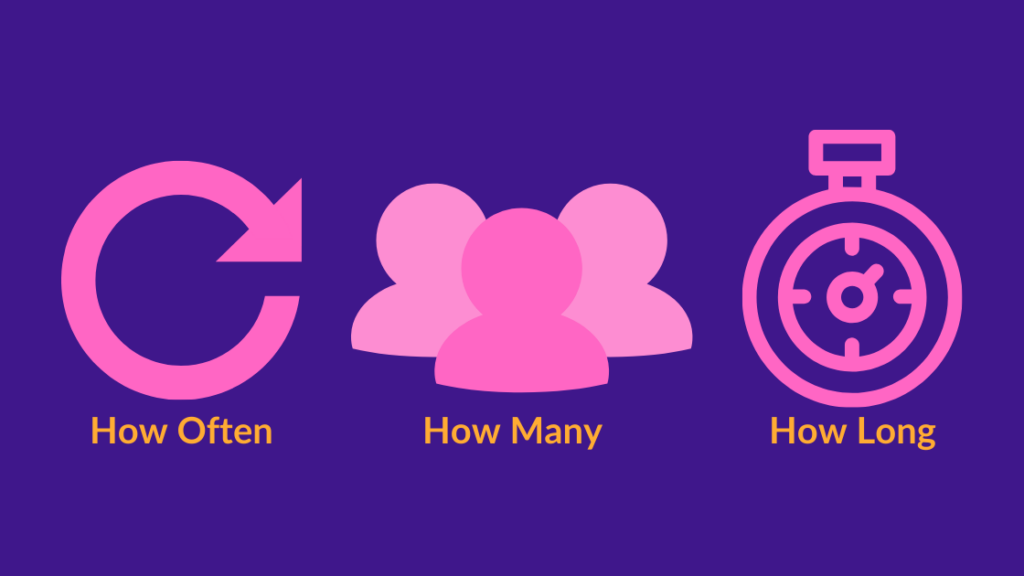
1. How often the user goes on Instagram
- The more frequent a user visits the platform, the more posts they will view. The less frequent a user visits the platform, the fewer posts they will be exposed to.
2. How many accounts the user follows on Instagram
- The more accounts the user follows, the higher the number of posts in their feed, therefore, increasing the chances of posts going unseen because of increased competition.
3. How long the user stays on Instagram per session
- The longer the user stays on the app, the more posts they will view as they scroll through their feed and move further down the ranking.
These current Instagram algorithm factors impact Instagram’s goal to ultimately maximize their platform through relevant and noteworthy posts that are personalized to each user. And as business marketing, the Instagram strategy is to utilize the current Instagram algorithm to reach the targeted audience, increase engagement, and promote authentic conversions.
How does Instagram work for business marketing?
It’s not a question of how to beat the Instagram algorithm, but rather how to use the current Instagram algorithm to benefit your brand. As explained, using Instagram for marketing focuses on authentic and awareness methods, therefore not concentrating on selling a product or service but showcasing your brand through a personalized platform. Ultimately, the brand awareness and engagement will funnel to conversions because the user has become familiar with the business and grown to trust the brand. Instagram social media marketing promotes brand loyalty, but to do so, it requires strategies that accommodate Instagram’s algorithm. Below are 11 actions to build an Instagram strategy.
1. Optimize the business profile
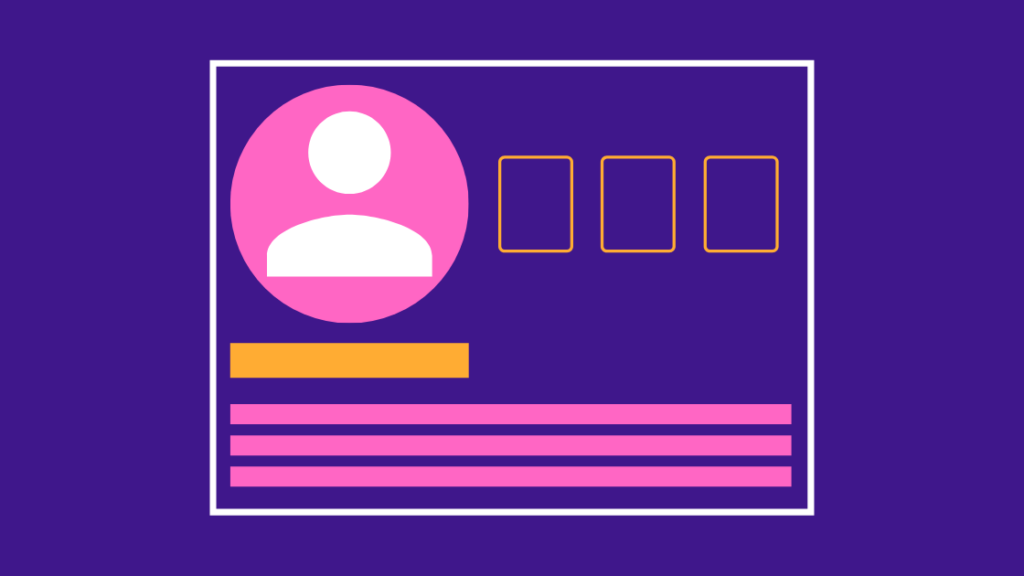
The profile is the main landing page with the account information including the profile picture, bio, and gallery of published photos and videos. In order to successfully market your business, you need a branded and optimized account page, otherwise, your Instagram strategy will be hindered by a poor profile. To begin, it is critical that your profile is set as a business account and is public so all users have access to the account and its posts. An Instagram business profile is granted additional features not provided to a personal account, as described in the following points.
When creating the account, make sure the username is straightforward and recognizable to your business. The most effective username is that of the business, although, if that is not available, ensure that the account name is correlated and searchable.
Ensure the profile picture is on brand and of high-quality. The business logo is an ideal option. Note – the profile image is automatically reshaped as a circle.
Complete the bio section. It should include a short, on-brand snippet such as a captivating business description that includes an applicable call to action.
As a business profile, Instagram allows you to include a link. Primarily, the link to your website should fill this spot, although, if a recent post requires an external link, then include that link in this area for quick access, as posts do not hyperlink URLs. There is also a tool called Linktree that allows you to create multiple links from one URL that can be displayed on a profile: https://linktr.ee/
Additionally, as a business profile, Instagram allows businesses to input their contact information, such as an email and phone number so the user can quickly take action.
Last, Instagram offers an internal analytical tool called Insights for business accounts. Insights offer statistics on posts, stories, advertisements, account activity, and audience information. Insights is a convenient tool that provides data to improve your Instagram strategy.
2. Publish quality content
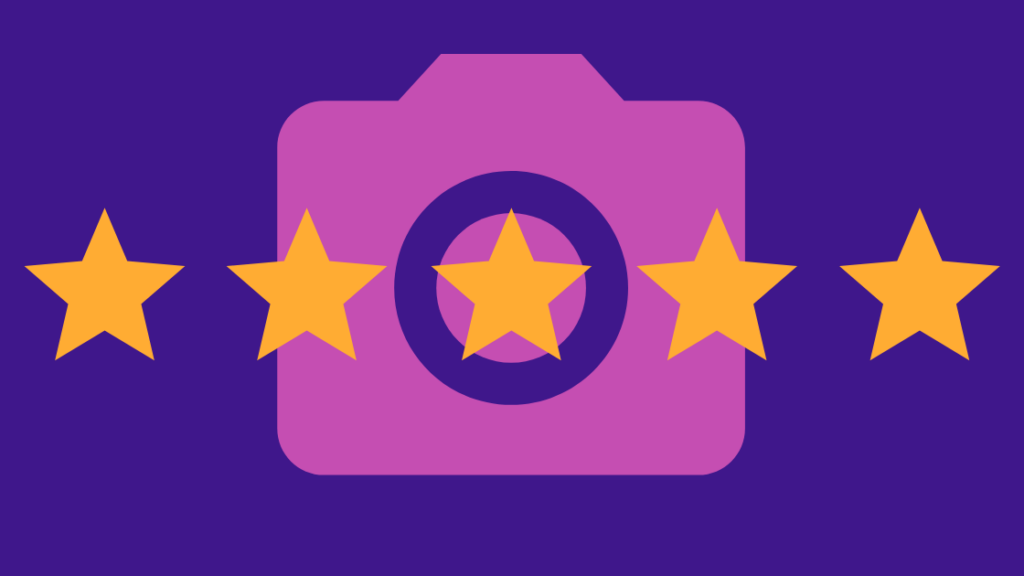
While this step may seem redundant, it cannot be overstated. Instagram is built off of imagery, therefore among the mass amount of visuals emerges a level of expectation in order to be noticed and engaged with- and that level of quality is high. Developing high-quality photographs is no longer a separating characteristic, it is the norm, which means that creating content that does not meet the standard can significantly decrease engagement and reach on Instagram.
Read these posts for more details on how to create quality content: Using Social Media Photos for Business and Storytelling with Pictures: 6 Tips and Tricks
Furthermore, videos play a large part in grabbing and maintaining the audience’s attention. Unlike photographs, videos have the ability to keep the user’s attention for a longer duration of time, thus increasing brand exposure. There are numerous types of videos, from short-form gifs to long-form how-to’s, offering different formats applicable to a wide variety of industries.
3. Maintain consistent and frequent posting

Regardless of how great your profile is or how outstanding your photographs are, if you don’t publish content continuously, the account will go unnoticed. Since the current Instagram algorithm prioritizes posts based on the user’s interests and relationships, it increases the competition to rank higher on a user’s feed. The only way to do that is to produce reliable and frequent posts that give the user the opportunity to view and interact with the brand.
While there is not a special number of times to post, popular brands posted an average of 1.5 times per day. Instagram’s algorithm diversifies the user’s feed, therefore posting 1-2 times per day will not overwhelm followers. While posting this often is not realistic for some businesses because of not enough resources, time, or content, the goal is to ensure that your account is dependable. In order to build a brand personality on Instagram, you need content, and in order to build a brand-consumer relationship, the business’s presence needs to be consistent. You don’t become best friends with someone just by meeting them a few times; you become best friends by interacting frequently. The same goes for brand loyalty; increasing the number of available touchpoints creates familiarity, trust, and conversions.
4. Pinpoint timing
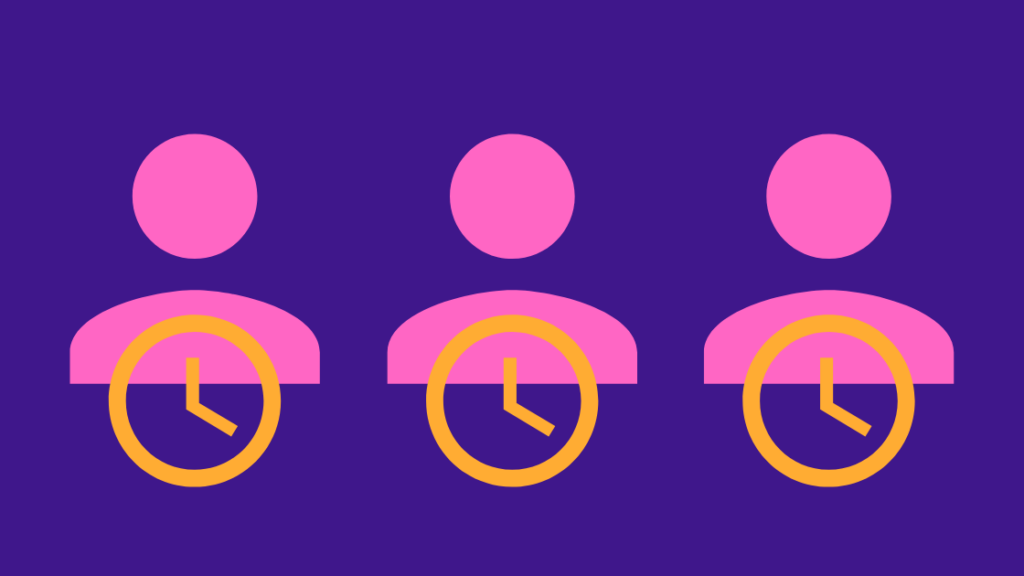
Businesses are constantly competing with the numerous other friends, family, and brands that a user follows, therefore verifying that timing can be key. Based on the current Instagram algorithm, the most recent posts will be ranked higher on the feed. Although it is not based on the Instagram chronological order, the timing of posts still plays a significant factor; therefore knowing your targeted audience’s most active times on Instagram impacts when you should post.
The Insights tool will provide details on the average days and hours your followers are on Instagram. Analyzing this information will give data on popular Instagram times to target when posting content.
5. Use hashtags
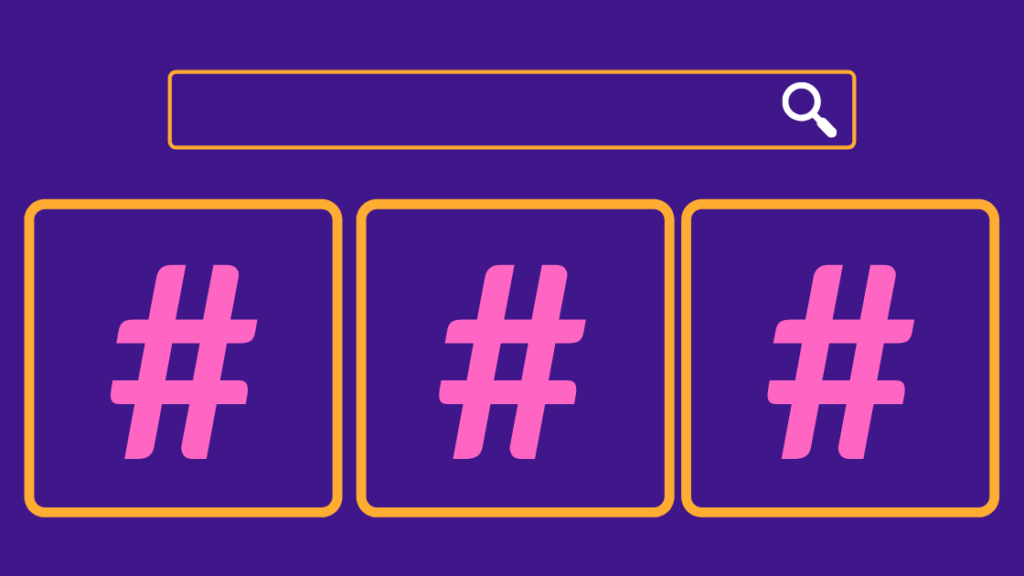
Hashtags are essential tools across multiple social media platforms because they allow your posts to be searchable. By including hashtags in your captions or comments, it can increase a post’s personalization and reach on Instagram.
When using hashtags, it is important to research which hashtags are the most relevant to your brand or industry. For example, if your business is the food industry, using the hashtag #food with 360 million posts makes it extremely difficult for your account to be noticed among all the other posts. Using a hashtag such as #restauranttips or #fooddistribution narrows the amount of content available, allowing your post to stand out to the niche. It is not about choosing the largest hashtags, but using the hashtag that specifically targets your business’ niche of users.
6. Interact with others
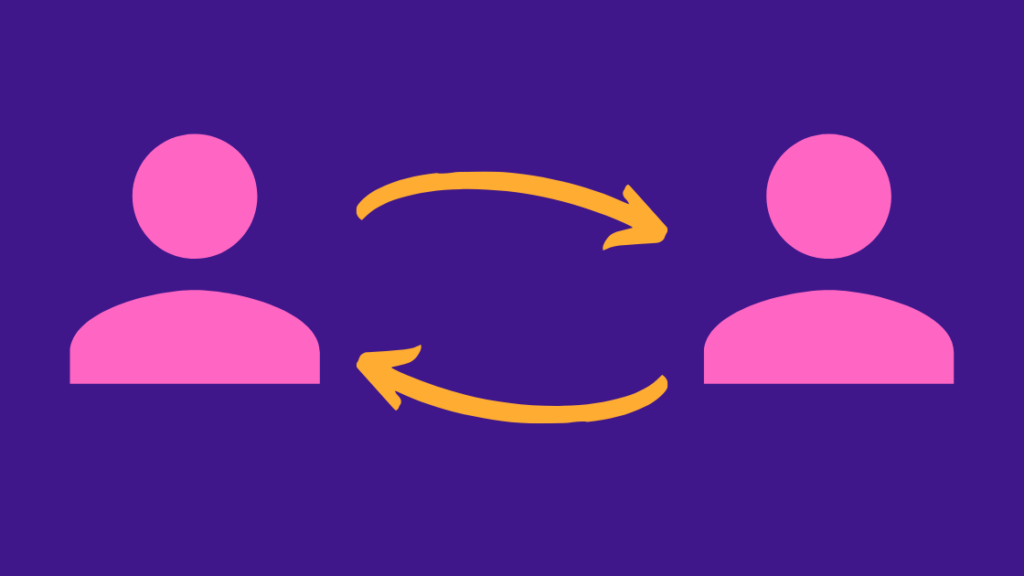
Interaction is not a one-way street. If you expect users to interact with your brand, then your business needs to do the same. Start by following similar brands and commenting and/or liking other posts, especially if your brand is tagged or mentioned in the post. Furthermore, content shared by users can be some of the most influential posts. By resharing or highlighting user-generated content, it acts as a review, proving that your product and service has been tested and approved but others. Instead of trying to tell your audience how great your brand is, you can share a photo or story and let a consumer do the work.
Another way to start to initiate Instagram interaction is by writing compelling captions in order to start the conversation. Some common examples include asking a question or asking your audience to take a specific action (e.g. tag a friend that would equally love this restaurant!). By giving users the opportunity to engage with your posts, it further expands your social presence and allows you to also chat in the comments. If your brand shows interest in the users, it makes them feel recognized and appreciated thus encouraging brand loyalty.
7. Employ other features

Another aspect of Instagram interaction is utilizing the additional social features including Instagram stories and live videos. These features are excellent ways to increase brand awareness because they appear at the top of the feed in a more relaxed manner. Posts can be lost in a user’s feed, but since stories are the highest-ranked content on the page, it increases the chances of users clicking and viewing your content. In addition, when an account starts a live video, followers are sent a notification, a small yet powerful brand reminder.
Second, while posts need to be specifically branded and held to a high standard, Instagram stories are significantly more casual and bring face-to-face personalities. They do not require the amount of detail and planning as posts do, therefore making it easier for brands to publish. Stories and live videos cannot replace posts, as they do not hold the same amount of social impact, but they should be used in correlation with posts. Using these features maximizes an account’s presence on Instagram and adds value to their brand.
8. Offer contests
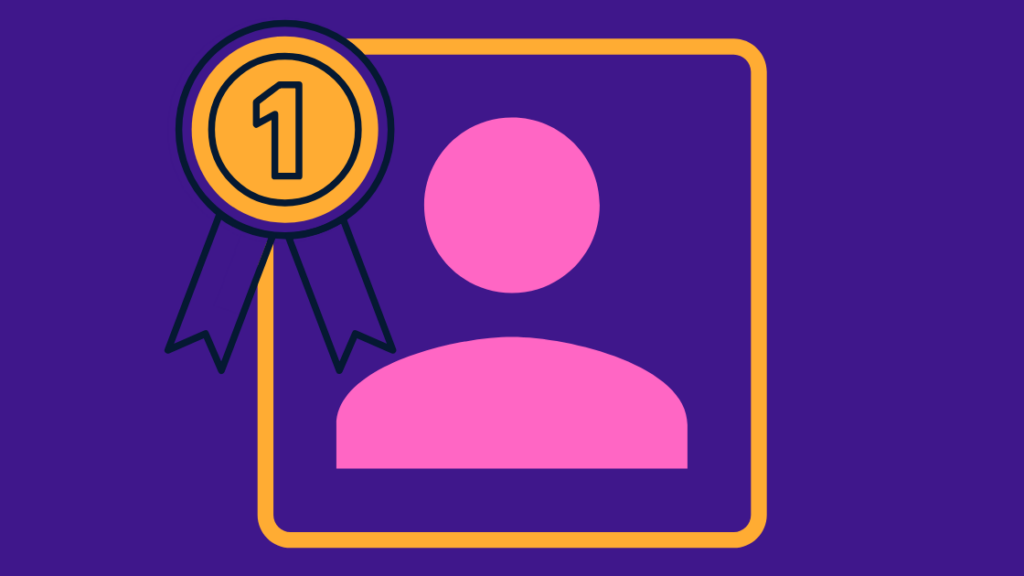
Once your account has a foundation of an optimized profile and a gallery of quality posts, it is useful to use contests to quickly boost reach on Instagram. Contests can take a variety of forms from giveaways to challenges, but they all contribute to an increase in brand awareness because they naturally support higher engagement. Before initiating a contest, ensure your business is properly prepared to avoid any hiccups.
9. Establish partnerships with influencers
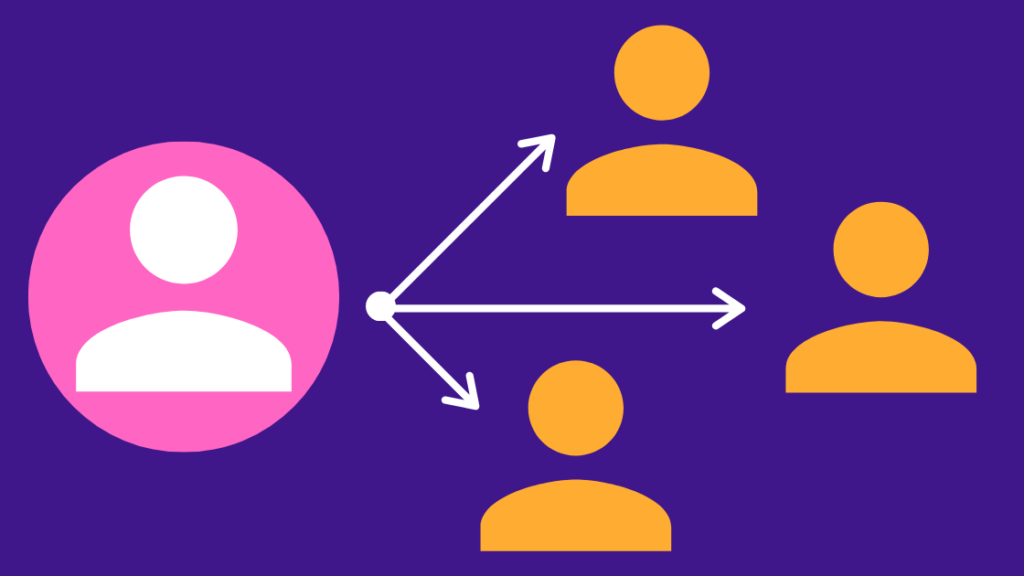
Influencer marketing is an additional Instagram strategy to use in correlation with your overall Instagram strategy that requires individual dedication to develop. Influencers are the new marketing fad that is delivering impressive results. Through an influencer’s dedicated fan base, specific niche, and authentic demeanor, they are able to reach a larger audience. Therefore, an influencer is able to introduce and promote your business’ product or service to their followers.
In order to initiate an influencer partnership, your brand should first focus and grow that relationship. Start by finding influencers within your targeted niche and start interacting with their accounts. Evaluate if their personal brand matches your business brand, if so, try reaching out to them. It is important to respect the influencer as a partner, they have spent an enormous amount of time developing their personal brand and know how to successfully engage with their followers. Do not try to overpower or hinder their creativity because in order to reach their audience, their content needs to be authentic.
10. Implement sponsored ads
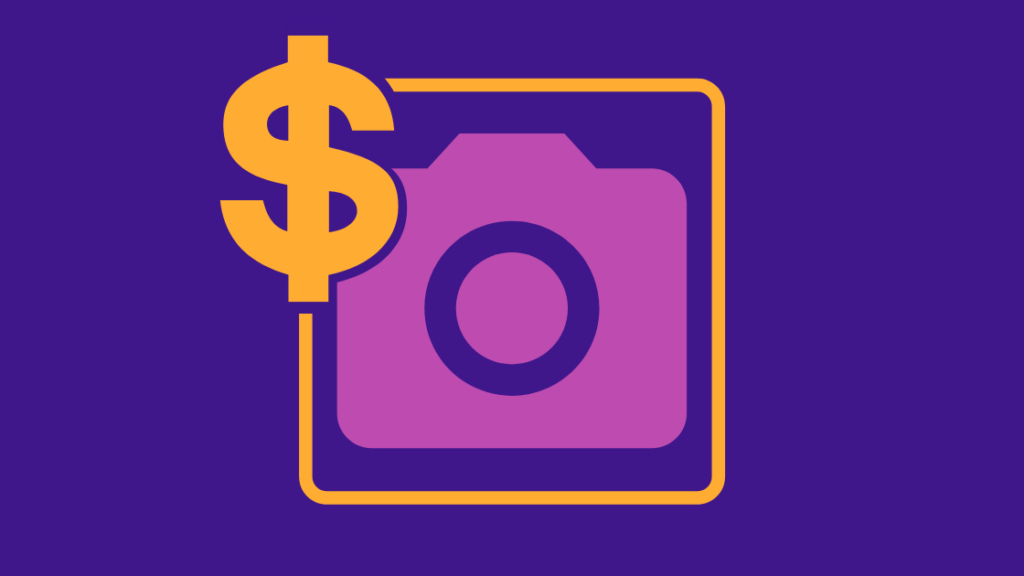
Similar to contests, once you have an established Instagram account, implementing sponsored ads is a paid form of expanding brand awareness. Using promoted ads allows your content to be viewed by those who are not currently engaged with the account and reach those who may have not been exposed to your post. This too requires a fully dedicated strategic plan and budget.
Instagram ads can be created via Instagram or Facebook with various factors influencing the design and implementation of the paid ad. The first step is to determine the goal of the ad (e.g. promote a new product, target a certain holiday, etc.) and then design the ad to meet that goal. Instagram ads vary in price depending on the different ad factors, although the average cost-per-click is $0.70-$0.80. The primary factors that impact Instagram ad creation and cost are:
- Targeted age range
- Ad placement
- Time of year
- Duration of ad
- Ad format (story, photo, video, carousel, and collection)
11. Track metrics
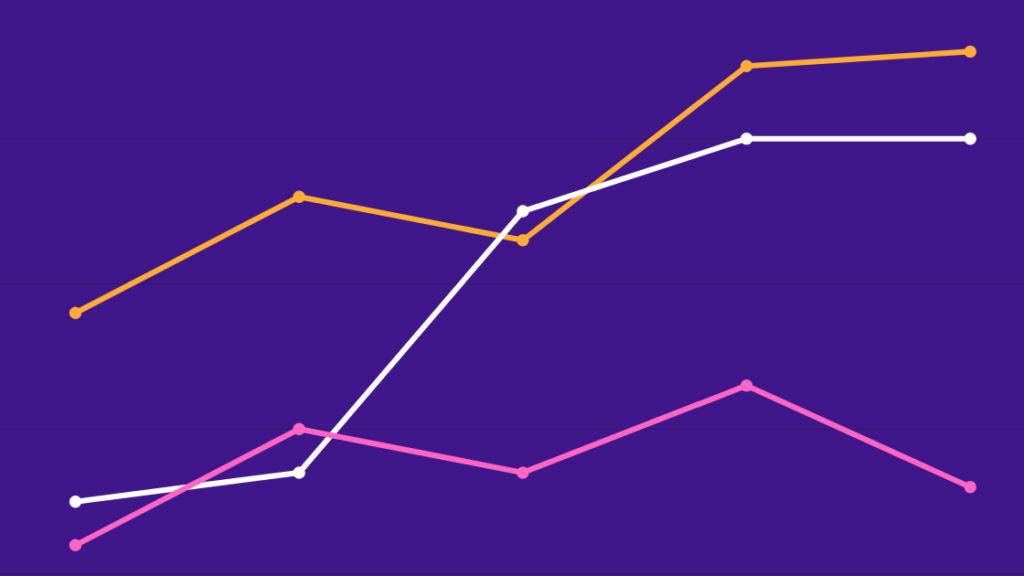
As with all marketing strategies, they need to be a basis of measurement to analyze what is working and what is not. Using the internal Insights tool or other robust tools, start tracking the different metrics to understand how your current Instagram strategy is contributing to your goals or learn how to improve the strategy to meet that goal. An important metric to note is your follower growth rate. It is not about how many followers you have, but how many it has grown by. Measure engagement rate, including likes and comments, both among followers and for each post. Additionally, tracking URL click-through rate (CTR) shows how successful your Instagram business account is at converting users to the next step of visiting your website.
Using Instagram for marketing is a large field that includes learning how to grow Instagram followers organically to figuring out how to beat the Instagram algorithm. Nevertheless, Instagram as a marketing tool offers significant rewards for building brand awareness and brand loyalty through authentic and engaging content. Understanding the current Instagram algorithm will influence how you construct your Instagram strategy to increase conversions.


